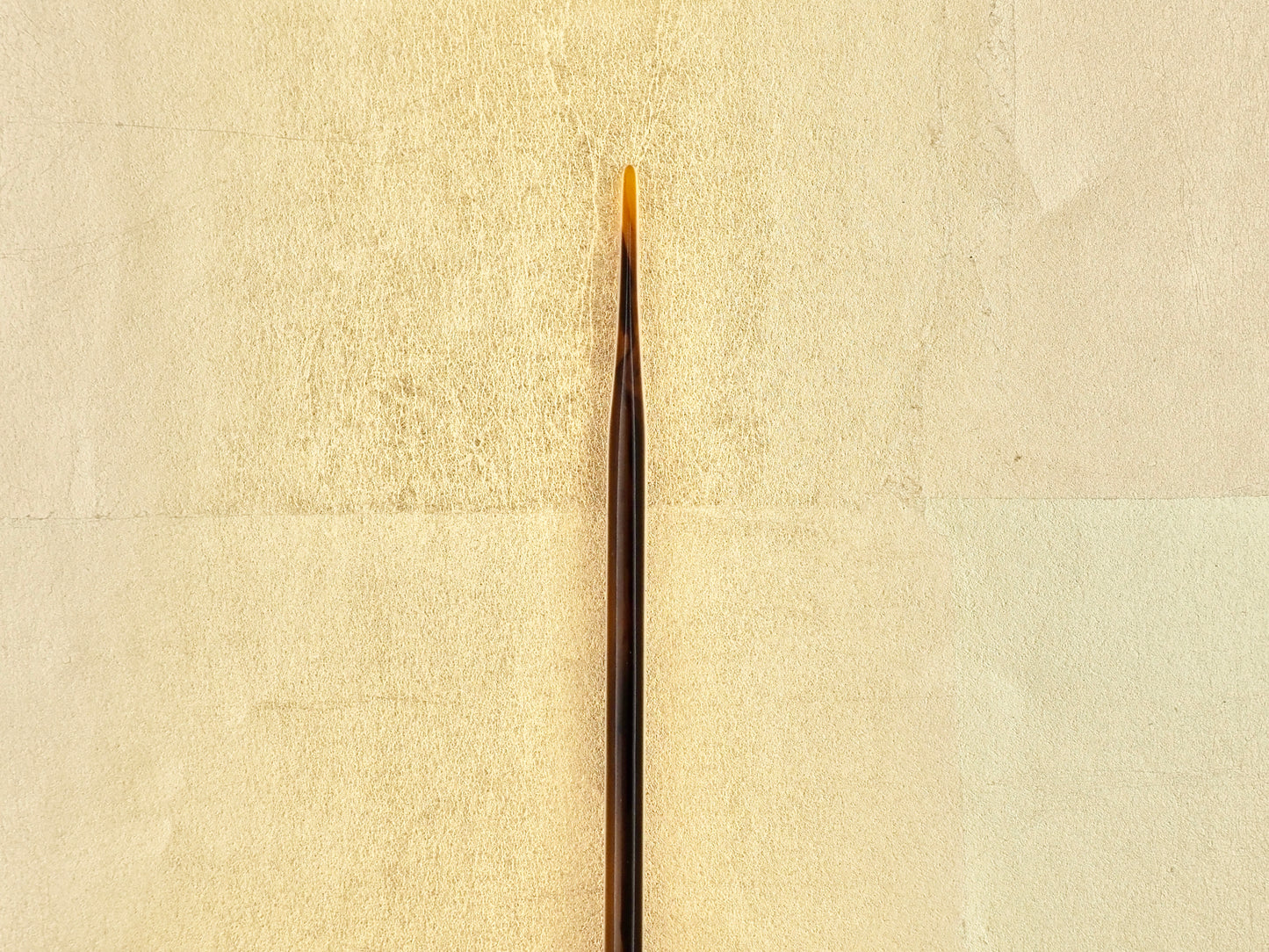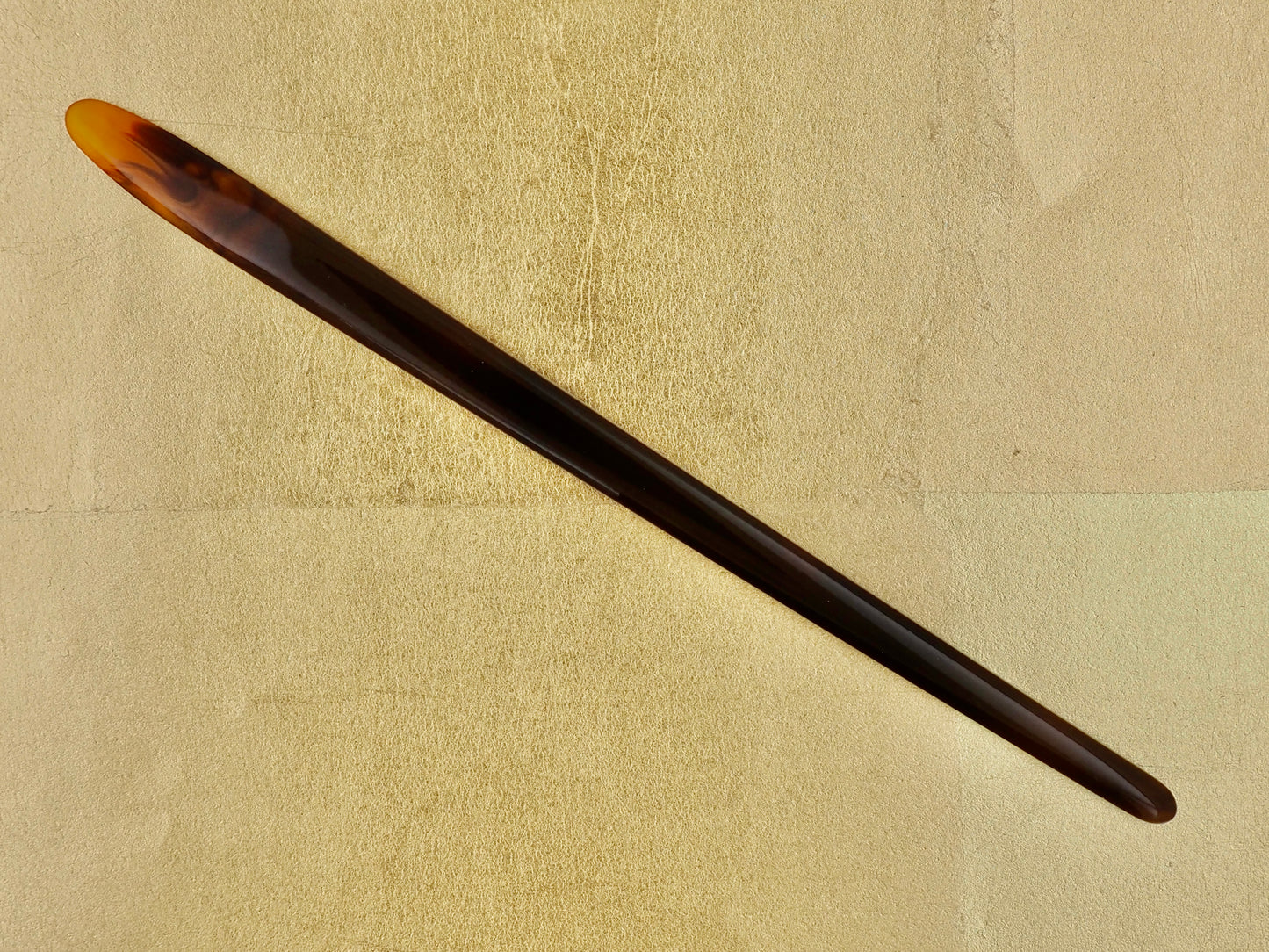1
/
of
3
Golden Joinery Studio
Japanese Hand-made Palette Knife - For Cleaning Kintsugi Brush
Japanese Hand-made Palette Knife - For Cleaning Kintsugi Brush
Regular price
£44.00 GBP
Regular price
Sale price
£44.00 GBP
Unit price
/
per
Tax included.
Shipping calculated at checkout.
Couldn't load pickup availability
Fude-arai - a palette knife of exceptional quality, designed specifically for the meticulous rinsing and cleaning of the Makie-fude (Maki-e - Kintsugi - brush). Its harmonious balance and purposeful artistry culminate in an object that both dedicated practitioners and Kintsugi artisans can take immense pride in including within their toolkit.
For further insights, you might consider visiting our listing for "How To Make" cards or exploring the instructions in our Kintsugi kit's "How To" guide. These resources provide detailed explanations on the cleaning of tools and brushes, as well as comprehensive techniques for practicing Kintsugi.
Nonetheless, we've provided instructions below on how to use this tool, incorporating relevant excerpts from our informative processes.
How To Use:
In nurturing a treasured maki-e brush, exercise patience. Rinse the brush's bristles and gently stroke its fine-tip hairs along the surface of this smooth tool to cleanse the urushi lacquer. Continue until the urushi no longer transfers when you gently press the brush hairs against a clean portion of this tool.
Following this, carefully dip the brush hairs in oil to prevent the bristles from drying out. If you follow this step, before using the brush, rinse off the oil with turpentine. Continue until the oil no longer transfers onto this tool when pressed against it.
This technique has a historical origin. In the present, some may resort to using tissue papers. However, for regular practitioners, using tissue paper might lead to brush damage over time, as pulp fibers can become coarse when wet.
Specifications:
Size: Length - 15cm
Our Suggestion:
A diligent kintsugi artisan should prioritize the maintenance of their brush. It's advisable to clean it immediately after each use. This process is best executed with the use of turpentine, a practice that extends to all other kintsugi tools.
Share





